Concrete is the material that holds our cities together. Concrete is a material that holds our cities together. It can be used to build homes, apartments, bridges, viaducts and sidewalks.
[powerkit_toc title=”Table of Contents” depth=”2″ min_count=”4″ min_characters=”1000″ btn_hide=”true” default_state=”expanded”]
This contributes to the disaster that is climate change. It doesn’t have to be this way. We’ve compiled 11 green building materials with a lower environmental impact that can be used in place of concrete.
Straw Bales
Straw bale building is not based on the latest research and technology. It is a return to when homes were constructed from locally-sourced materials. They replace other building materials like concrete, wood, plaster, fibreglass or stone.
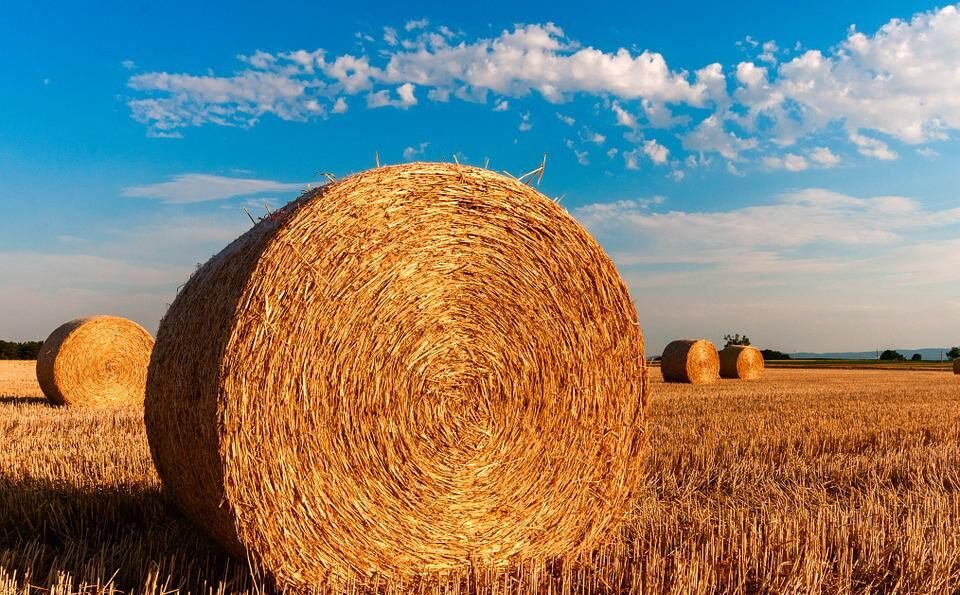
Straw bales can be sealed properly to provide high insulation in a hot or cool climate. They are also very affordable and sustainable since straw is a renewable resource.
Grasscrete
As the name suggests, grasscrete is a method of laying walkways, sidewalks and driveways so that grass or other plants can grow.
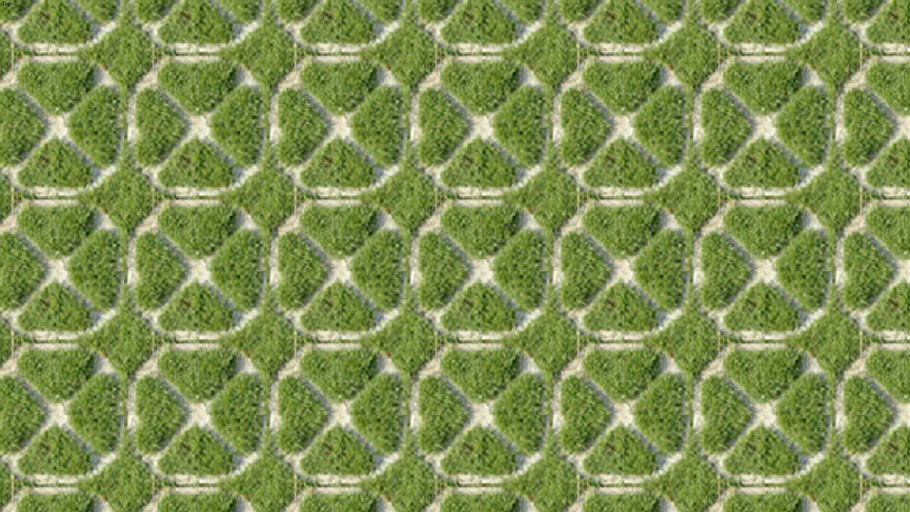
This has the advantage of reducing consumption overall. However, it also offers another benefit — better stormwater absorption.
Rammed Earth
What could be more natural than dirt under your feet! Walls that look like can be made with dirt, tamped down in wood forms and shaped into a tight shape. Rammed earth, a technology that has been in use for thousands of years by humans, can last a long time.
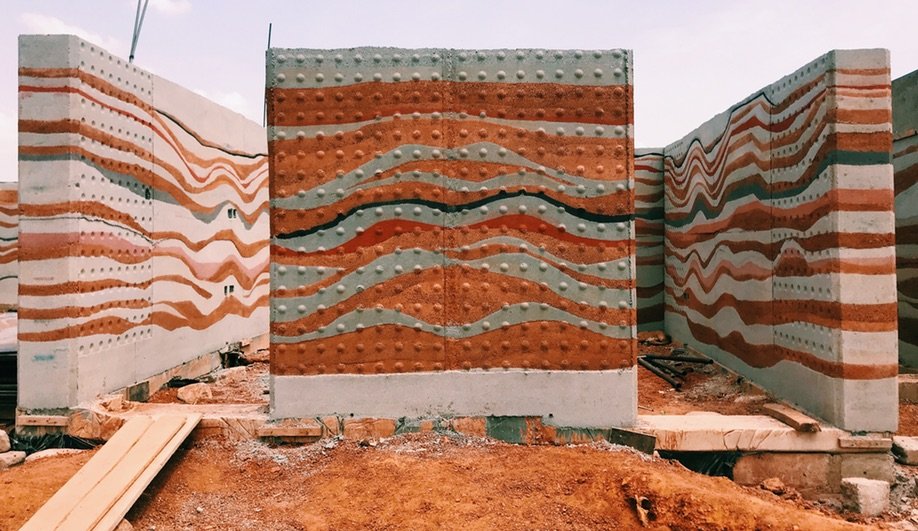
Modern rammed-earth buildings can be made more secure by using rebar and bamboo. Additionally, mechanical tampers make it easier to build sturdy walls.
HempCrete
HempCrete is exactly what it sounds like—a substance similar to concrete made from the inner woody fibres of the hemp plant. To create -like shapes, the hemp fibres are bound in lime.
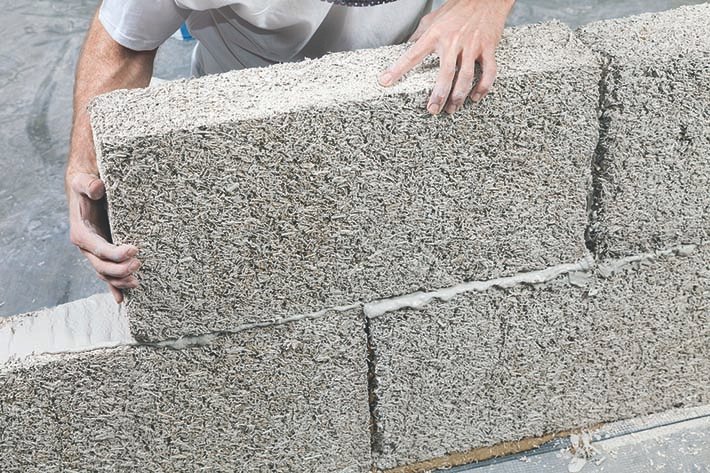
HempCrete blocks can be transported very light, which can reduce transportation energy. Hemp itself is a renewable resource that grows quickly.
Bamboo
Although bamboo may seem trendy, it has been used in some parts of the world as a building material for many millennia. Bamboo is a promising material for modern buildings because of its lightweight, tensile strength and rapid growth.
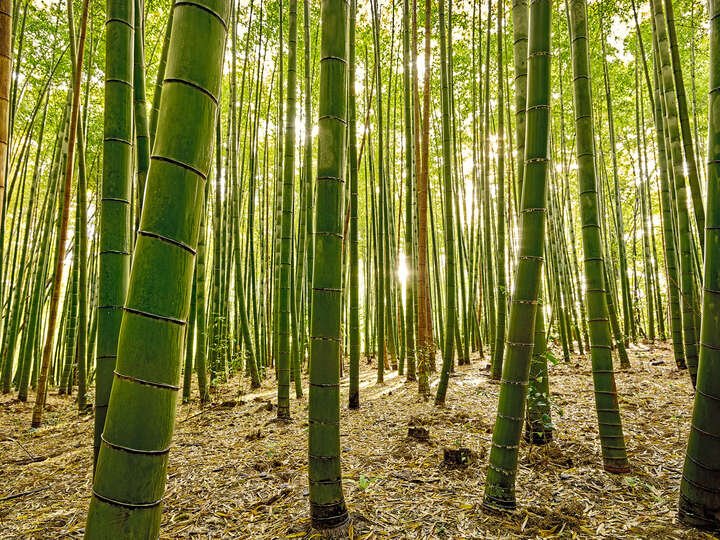
Bamboo can be used to frame buildings and shelters and is an affordable alternative to concrete and bar construction. It can also be used post-disaster reconstruction and in low-income areas that have access to bamboo from their local forests.
Recycled plastic
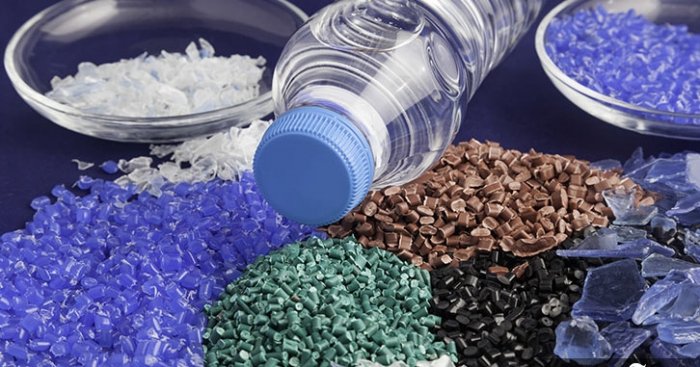
Researchers are making from recycled plastics and trash. This not only lowers greenhouse gases but also reduces the weight of the and gives a new purpose for plastic waste that is clogging landfills.
Wood
The advantages of plain old wood over industrial building materials such as and steel are still evident.
Wood lock and key pic.twitter.com/gguVTkQUHD
— Engineering (@ENGlNEERlNGVlDS) July 15, 2022
Trees absorb CO2 when they grow and require less energy-intensive processes to make construction materials. A well-managed forest can be renewable and provide a habitat for biodiversity.
Mycelium
Mycelium, a futuristic building material, is actually completely natural. It contains the root structure of mushrooms and fungi.

Mycelium can be encouraged and allowed to grow in a mixture of natural materials such as straw or ground-up straw. Then, it is dried to make lightweight bricks or other shapes.
Ferrock
Ferrock, new material in development, uses recycled materials from the steel industry. It is stronger than and can be used as a building material.
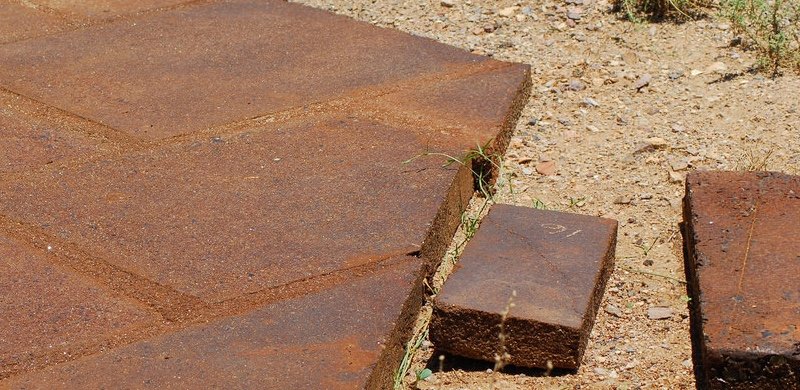
This unique material absorbs and traps carbon dioxide during drying and hardening, making it less carbon-intensive than traditional concrete and carbon neutral.
AshCrete
AshCrete, a concrete alternative that uses fly-ash rather than traditional cement, is called AshCrete.
Fly ash is a byproduct of coal-burning & can be used to replace 97 per cent of the traditional components with recycled material.
Timbercrete
Timbercrete is a unique building material that is made from sawdust and . It is lighter than and reduces transport emissions.
View this post on Instagram
The sawdust also reuses a product and replaces some energy-intensive parts of traditional . Additionally, it can be used to create pavers, blocks, and bricks.
Green Materials Perform Better than Concrete
This contributes to the disaster that is climate change. It doesn’t have to be this way. We’ve compiled 11 green building materials with a lower environmental impact that can be used in place of concrete.



